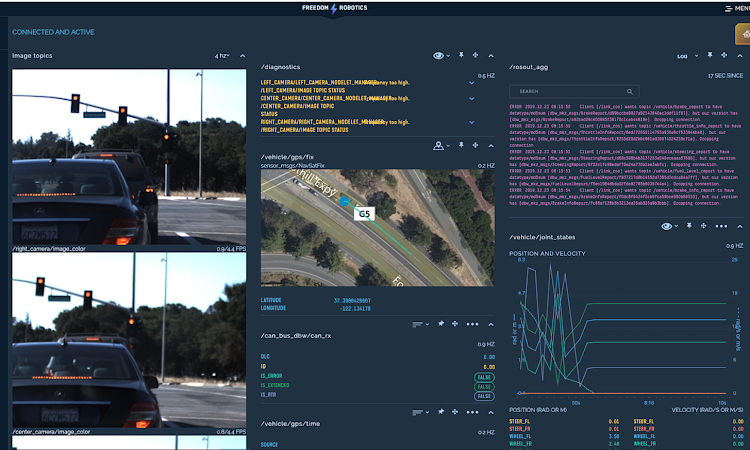By asking the question "How has it been done before" and then distilling the examples in to a set of rules, most design problems solve themselves.
Because there are now hundreds of millions of people designing products and software, the problem you are tackling has already been solved many times and there is a standard and already understood way for representing the answer. Accept the answer others used. Even if you don't think it is better than yours, it is what everyone expects, which will make your product perform better overall.
There are simple examples like buttons and UI elements, which we all usually copy, but this principle becomes more valuable when we look at more complex systems and ideas. Many times we try to recreate or improve on something which does not need to be changed. By repeating "How has it been done before", we can distill examples down to the key design criteria which are expected and have been shown to be successful and then work within them to create our custom implementation.
Example: Creating multi-dimensional visual rating for ads
The design example that we were debating with Bud was how to represent the quality of an advertisement in the clearest way. We started out with 20 different ideas that the team came up with after a lot of hard thought and Bud had a simple response to all of them. "Which one will your user find most familiar?"
Where he was going was that because of Amazon, Yelp and other rating companies, people have become accustomed to a set of rules for rating of ideas and we actually didn't have to reinvent them. All the graphic layout and user training had already been completed.
By reviewing what other designers have created, a list of design criteria fall out which significantly simplify the problem which needs to be solved.
For online rating systems:
- Ratings usually are represented by a graph and a number.
- Usually they are on a 5 point scale.
- An icon, usually a star or circle, represents each tick.
- The scales are horizontal, not vertical.
- While color can be used, it is usually just a hint.
By simply accepting that other people had done the work for us, the problem became simpler and we were able to throw out half the designs. Even if the individual designs may have been artistically better than the standard rating scale, they were different, which would have led to them being harder to understand.
Exception to the rule.
The only exception to this rule is when you are explicitly redesigning a feature, such as creating new context sensitive, multi-touch, gesture and voice menus, where the goal is to break the norm. In this case, though, you should still ask the question of "Why am I doing this?". If the answer isn't "It is mandatory for the success of the product.", it is best to stick with what everyone else has done.



